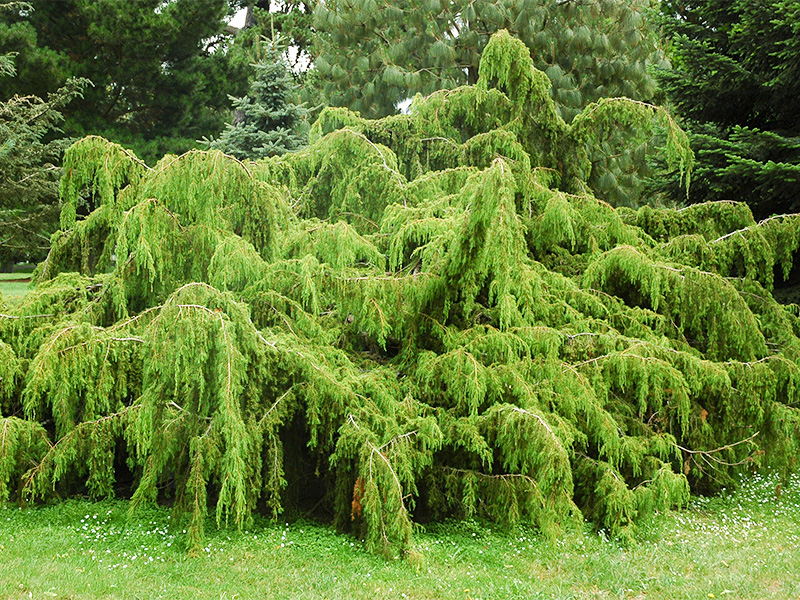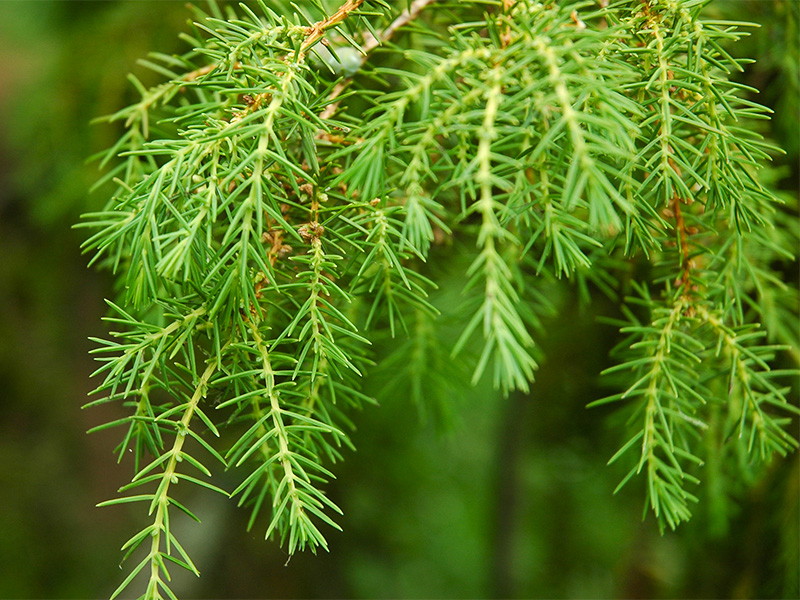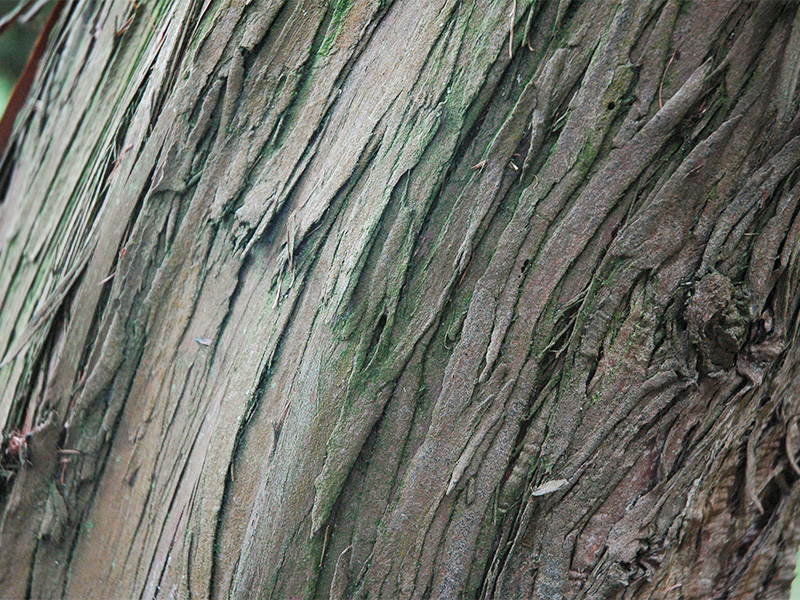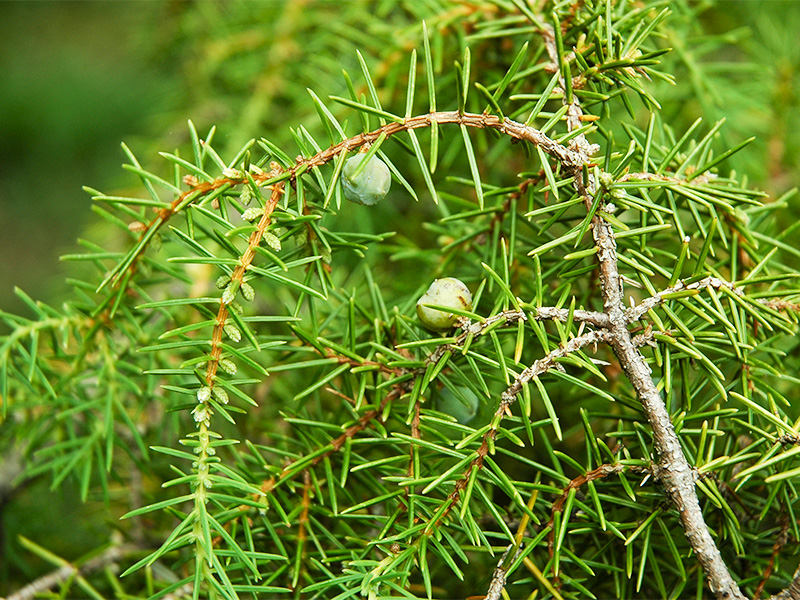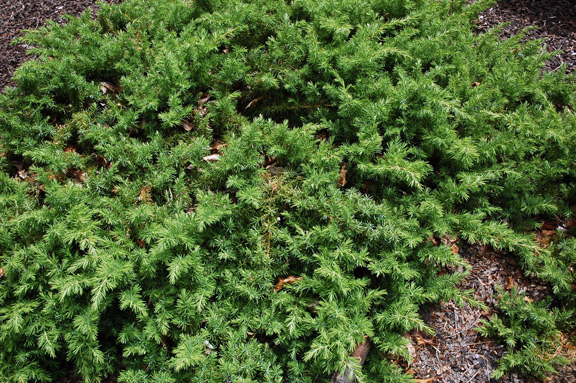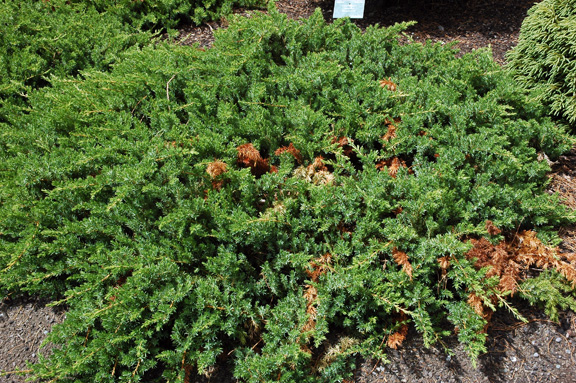
Woody > Juniperus > Juniperus rigida > Juniperus rigida
Juniperus rigida
Temple Juniper
Origin: Korea, Japan and northern China.
| Family |
| Cupressaceae |
| Genus |
| Juniperus |
| Species |
| rigida |
| Category |
| Woody |
| Type |
| Shrub (evergreen) |
| Pronunciation |
| USDA Hardiness Zone |
| 6 - 7 |
| Canadian Hardiness Zone |
| 6 - 8 |
| RHS Hardiness Zone |
| 5 |
| Temperature (°C) |
| -5 |
| Height |
| 4 - 7 m |
| Spread |
| 3 - 6 m |
Photographs
Description and Growing Information
Flowering Period
| Landscape |
| In Japan it is planted in temple gardens and may also be used as Bonsai. It is rarely seen in cultivation in North America and is often relegated to botanical garden collections. |
| Cultivation |
| Partial-shade. Well-drained and dry soil that is rich with nitrogen. Acidic fertilizers are also highly recommended. Resistant to frost and windburn. |
| Shape |
| Irregular (when grown freely) Pyramidal to oval in youth and more rounded in maturity (if tended to). |
| Growth |
| Medium |
| Pests |
| Susceptible to needle and tip blights. Rust and cedar-apple rust diseases. Canker, bagworms, scale, webworms and aphids can occasionally bother this plant. |
| Habitat |
| Woodlands, grasslands, sand hills, rocky slopes and limestone cliffs. |
| Bark/Stem Description |
| Peels and exfoliates. |
| Leaf Description |
| Needle-like foliage. The needles appear in whorls of 3 and are 2 cm in length. |
| Fruit Description |
| The cones are berry-like, spherical, 2.5 cm and have 3 fused scales. |
| Colour Description |
| The bark is green and light brown. The buds are brownish-beige in colour. The foliage is a vibrant green. The fruit is a vibrant green and as it ripens it turns a blackish-blue colour. |
| Texture Description |
| The bark is thick. The needles are soft. The foliage is thick and dense. |
| Propagation |
| Seeds and cuttings. |
| Ethnobotanical Uses (Disclaimer) |
| The oil is extracted from the seed and used for medicinal purposes, insect repellant and in alcoholic beverages. |
